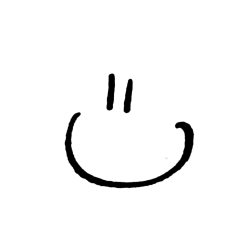Some social commentators have stated that the pandemic forced us to jump forward in technological and logistical development.
The emergence of online platforms is here to stay and it need not be net negative.
Embrace the medium, it’s limitations and opportunities.
So when the decision was made to cancel face-to-face teaching, it felt poignant to frame this as an opportunity. Below are some learnings.
The medium facilitates a number of modes of communication. These include, one to one, one to many, some to some, some to many. The use of the main space as a traditional lectern hall and breakout rooms as tutorial spaces, feels an appropriate extension of physical into digital.
Attention payload is much higher online. Communicating through the internet is new and poses new challenges. One of the greatest challenges sits within each student’s attention span. To capture and keep attention various strategies must be employed. The prior requires a variety of stimulation & provocation, variation in group sizes appropriate to the mode of communication, multi-media approach and strategic consideration of student positionality, interests and learning styles. Keeping attention requires us to consider fatigue, sessions must be shorter and offer a multitude of breaks, ensuring media is not too data heavy/triggering/numerous and is sufficiently considered as appropriate, simple and open.
***Update: 24/02***
Reviewing the session’s recording (another pro for the virtual university), the following notes are pertinent:
Ethics
Student consideration
Motivation (intrinsic vs external) [individual, team, institution, education…etc]
What are we fostering?
Metrics & ranking, neoliberal competition in university
Workload and wellbeing
Adapt to the institution?
The Slow University
